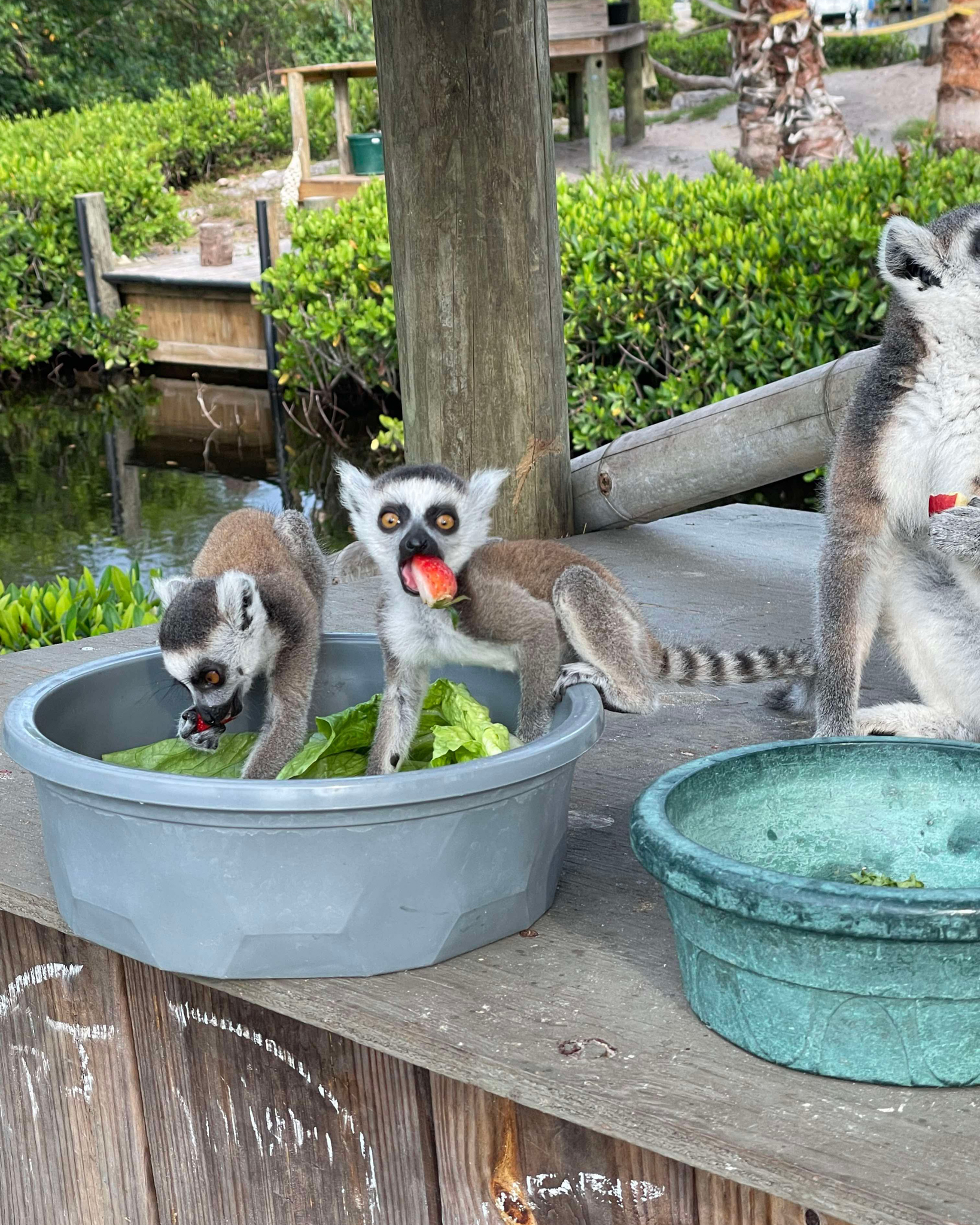- Understanding the nutritional impact of strawberries on ring-tailed lemurs.
- Observing the behavioral responses of ring-tailed lemur twins tasting strawberries for the first time.
- The role of diet variation in captive lemur care and health.
- Significance of zoo environments for primate behavioral research and education.
- Conservation implications and challenges in maintaining ring-tailed lemur populations.
Experiencing the taste of a strawberry for the first time can be a delightful adventure, especially for the ring-tailed lemur twins under the caring supervision of Primate Field Supervisor Rachel. This small yet significant event provides valuable insights into diet, behavior, and conservation of these enchanting creatures.
The nutritional impact of strawberries on ring-tailed lemurs is profound. As a species native to the forests of Madagascar, lemurs are accustomed to a diverse diet that typically includes fruits, leaves, flowers, and occasionally insects. Strawberries offer a rich source of vitamins, antioxidants, and fiber, all essential for maintaining healthy lemur physiology. The vitamin C content supports their immune system, while natural sugars provide an immediate energy boost. Fiber aids digestion, promoting efficient nutrient absorption. Understanding these dietary components is crucial for zookeepers who strive to mimic natural diets within zoo settings, ensuring the well-being of the animals.
Observing the behavioral responses of ring-tailed lemur twins when they encounter strawberries for the first time is not only entertaining but scientifically significant. Lemurs are known for their inquisitive nature, and their reactions can range from cautious sniffing to curious tasting. Initial hesitation often gives way to joyous discovery as they taste the fruit’s sweetness. Such behavior aids researchers and caretakers in assessing the preferences and dietary acceptance of the lemurs, allowing for improved food provisioning strategies.
The role of diet variation in captive lemur care is critical. A varied diet prevents nutritional deficiencies and promotes mental stimulation. In zoos, where natural foraging behaviors are naturally limited, introducing new foods like strawberries can encourage these instincts. It provides opportunities for lemurs to engage in problem-solving and exploratory behaviors, contributing to their mental and emotional health. Through diet variation, zookeepers can closely emulate the foraging challenges lemurs would encounter in the wild.
Zoo environments serve as indispensable settings for primate behavioral research and education. They offer opportunities to study animals in a controlled yet dynamic environment. Through meticulous observation, researchers gather data on dietary preferences, social interactions, and health indicators. This information extends beyond academic interest; it informs best practices in animal husbandry and public education. Visitors to zoos learn about the complexities of maintaining diverse ecosystems and the importance of conserving biodiverse habitats. Rachel’s experiences with the lemur twins provide narratives that engage and educate the public, fostering a deeper appreciation for wildlife conservation.
Finally, the conservation implications of maintaining ring-tailed lemur populations are significant. These animals face threats from habitat destruction and fragmentation in Madagascar. Zoos play an essential role in species conservation through breeding programs and habitat simulation. By promoting genetic diversity and studying behavioral adaptability, these programs help safeguard against extinction. The successful care of animals like the ring-tailed lemurs requires collaboration among conservationists, researchers, and zoo staff. This holistic approach emphasizes the importance of protecting natural habitats while enhancing our understanding of captive animal care.
Primate Field Supervisor Rachel’s documentation of the lemur twins’ first taste of strawberries is more than just an endearing anecdote. It encapsulates the intertwined aspects of zoology, animal behavior, and conservation. Each strawberry shared with a lemur symbolizes a small step toward a larger goal—ensuring the survival and well-being of these remarkable creatures in both captivity and the wild.
*****
Source Description
When you try strawberry for the first time! 🍓Our little ring-tailed lemur twins are growing up too fast 🥹
📸: Primate Field Supervisor Rachel


